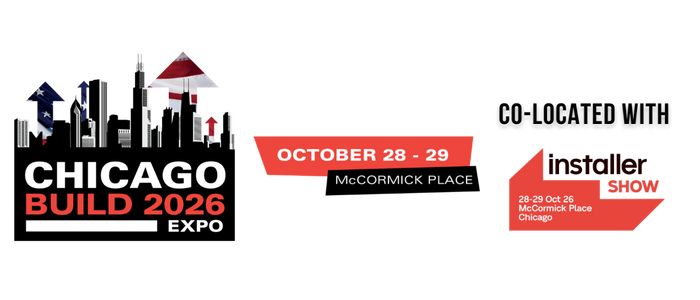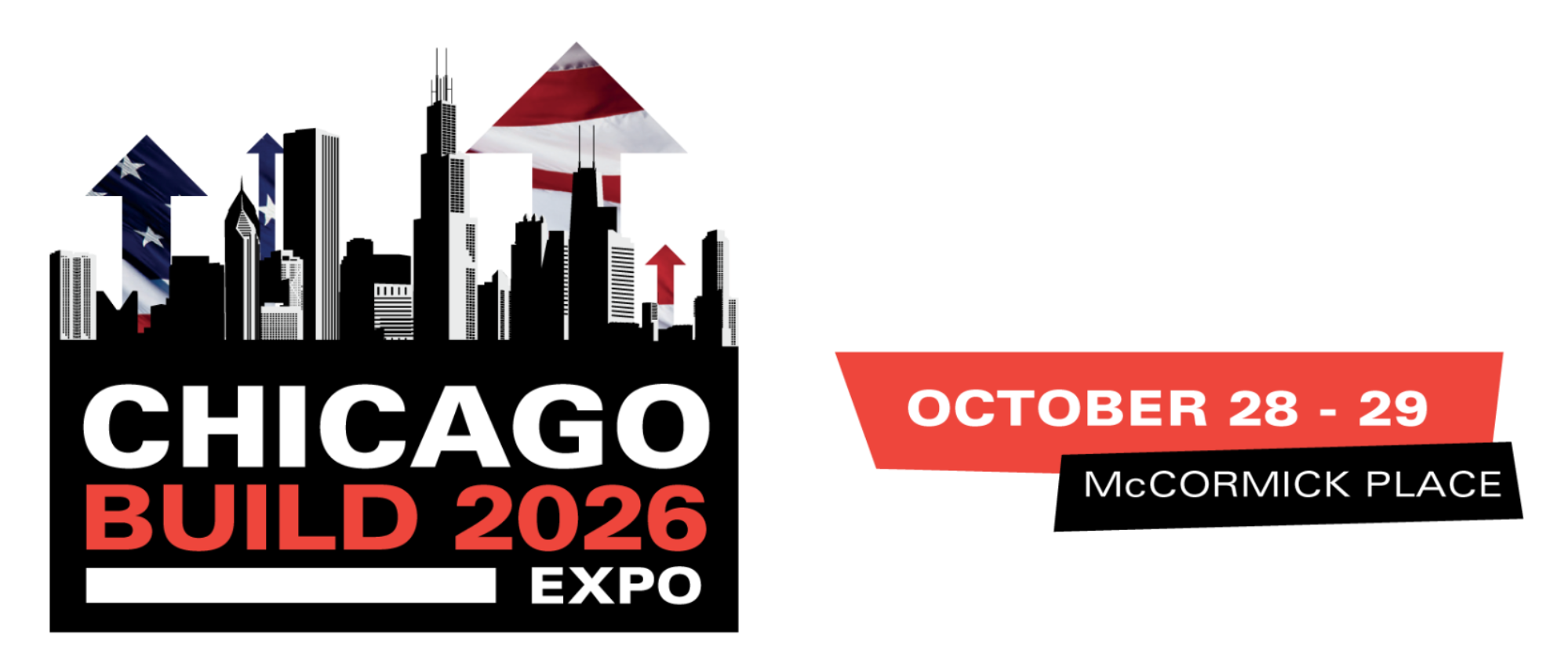Our MPO story of ‘INVEST – A Sustainability Tool’
.png/fit-in/700x9999/filters:no_upscale())
Springfield MPO (IL) was invited at the AMPO (Association of Metropolitan Planning Organisations) Annual Conference in Portland (OR) to present one of the initial testing concept projects using newly released sustainability tool – INVEST 1.0 (Infrastructure Voluntary Evaluation Sustainability Tool) by Federal Highway Administration. We were enormously proud to receive an overwhelming response to our work, especially on two accounts. One for being an extremely effective way of demonstrating the application of the tool for a transportation project (corridor development) and second for being an evident example to demonstrate our efforts as a MPO at envisioning and conceptualizing the urban/physical design and the 3 dimensional built environment of the project.
Being one of the very few MPOs in the country to demonstrate this tool, I would like to share our story of using INVEST with a unique approach as a planning and design tool. Typically, most MPOs would use tools like INVEST at the system planning level to inform the update of Long Range Transportation Plan (LRTP), but necessarily not at an individual project level. We, at Springfield MPO have been very enthusiastic to take an extra step forward to use INVEST to plan and conceptualize the design of a corridor development project. Our idea in demonstrating the application of the tool at the detailed project level was to encourage and hopefully inspire member jurisdictions and local communities to start thinking beyond normal standard of planning practice of a road development / improvement project to understanding the cutting edge application of sustainability concepts in transportation and development. The best possible way to do this was to holistically visualize what the corridor and the place would look like using INVEST. It needed a fresh approach to integrate the elements of the tool into the project context at an early concept stage and use the skills and technical expertise of transportation planning, urban design and principles of sustainability to envision the project. Through this project we wanted to provoke creative thinking and innovative ideas leading to long term solutions of integrating sustainability into transportation planning.
FHWA launched INVEST 1.0 with a national webcast – a tool designed to provide information and techniques to help transportation agencies such as DOTs, MPOs, Council of Governments, public works departments and their consultants and partners to evaluate and aid the integration of sustainability into their programs (policies, processes, procedures and practices) and projects. The tool is a practical, web-based, collection of voluntary best practices, called criteria. INVEST establishes standard and qualitative measures for sustainability that will enable agencies, organizations, program managers, and project managers to set sustainability goals, track progress, and apply management strategies. INVEST was developed with input from state and local transportation agency officials and staff and professional organizations such as AASHTO and ASCE. It is intended to identify and recognize above-and-beyond efforts towards sustainability.
Although there have been many efforts at addressing sustainability in built environment like United States Green Building Council’s LEED green building certification programs, especially LEED ND (Neighborhood Development) that addresses wide range of urban components, INVEST is very specific to infrastructure / transportation, which makes it easy for transportation agencies like MPOs to use and evaluate the sustainability in their activities. There are also other scoring systems like I-LAST (Illinois - Liveable and Sustainable Transportation), NYSDOT’s GreenLITES (Leadership in Transportation and Environmental Sustainability), Greenroads Rating system, Envision Sustainable Infrastructure Rating systems and the like which are specific to transportation, but FHWA’s INVEST is national in scope and translates the broad sustainability triple bottom line principles of improving economic, social, and environmental outcomes into specific practices that MPOs can incorporate into their LRTP and other activities. It is fully developed and vetted in 3 separate modules to address sustainability throughout project life cycle, viz. System Planning (SP), Project Development (PD) and Operation and Maintenance (O&M). Each of these modules is based on a separate collection of criteria and can be evaluated separately. INVEST is also a free, self-evaluation tool that is not based on third-party validation of scores or certifications. This makes the application simple and quick for smaller agencies like MPOs with limited staff and resources.
After attendeding the webinar, we became very interested in testing the tool on a real life transportation project. Our idea began with first identifying a local project and then using elements of the tool prospectively to guide the planning and urban design concept. Various requirements of the criteria were used to holistically visualize the corridor design focusing on elements of the built, social and development environments. A part of historic Route 66 through Springfield was selected for demonstration which is located in an area in need of commercial and residential redevelopment. As there is growing local interest in redeveloping this historic corridor, we took this opportunity to propose one alternative using INVEST.
The overall design concept integrated a thoroughfare with the activities generated by the adjacent context in terms of the land use, building typologies, mobility options, safety, and access and overall establishing a sense of place and aesthetic environment. Project details included streetscape design, reviving Route 66 museum, proposed side path to encourage biking and walking, making existing sign only bus stops accessible along with provision of bus shelters, improving intersection with creating pockets of green spaces for surrounding neighborhood and improving linkage of Route 66 with State Fairground through establishing a sense of entrance to the fairground and overall place-making. Some of the sustainable features included bioswales, solar panelled bus shelters, solar lights, native vegetation, permeable pavers and recycled materials.
With intent to educate and raise awareness about sustainability concepts in transportation, we prepared the project presentation for Springfield Area Transportation Study (SATS) members comprising of representatives from local, state and federal agencies and communities that direct and oversee the transportation planning process for the region. The presentation detailed how various requirements under criteria of the tool are weaved together to envision the corridor development and designed to accommodate or enhance the existing neighborhood, passers-through and community at large. Context sensitive approach and visualization showing the transformation of the place with before and after shots provided an effective means of communicating the sustainability goals and benefits to the local communities and influencing their opinions.
As an ambitious MPO, we used our regional perspective to go beyond transportation and regularly required planning process at system planning or suggesting/recommending projects for consideration and project prioritization to a level where we planned and designed the built environment of a specific project with detailed application of the tool as an initiative to show other agencies and communities what the place would look like in a fairly realistic manner. Although many other city governments / municipal departments have under taken very progressive steps in exploring cutting edge technology and experimenting thought provoking design ideas in field of sustainability and transportation at a detailed project level, this is a bit unusual for a MPO to do so.
The MPO process is a powerful platform for improving many aspects of community character. It offers opportunity to explore ideas at various scales and go beyond 2 dimensional GIS mapping to envisioning 3 dimensional built environment. Using sustainability tool like INVEST, we addressed the qualitative urban/physical design of the project beyond transportation planning to rationalize regional decision making and investment strategies. There is a need to incorporate the ingenuity of 3 dimensional thinking of built form in the mainstream decision-making process within MPOs rather than treating it as an ostensibly external product or as ‘the icing on the cake’ where design solutions are sought after the planning process is over. Through sharing our MPO story at the AMPO conference, we hope to inspire and encourage other MPOs and private & public agencies to emulate such efforts considering non-traditional ways of looking and playing a role in the city-making. We are very thankful to FHWA for the invitation that made it possible to show our innovative approach through this project in provoking newer ideas and the concepts experimented by our staff members.
Source: Neha Soni- Architect- Urban Designer - Planner
Chicago Build is the leading construction show for Chicago and the Midwest. Gain access to 8 specialized summits, 200+ exhibitors, 200+ speakers and connect with 10,000+ registered visitors.

